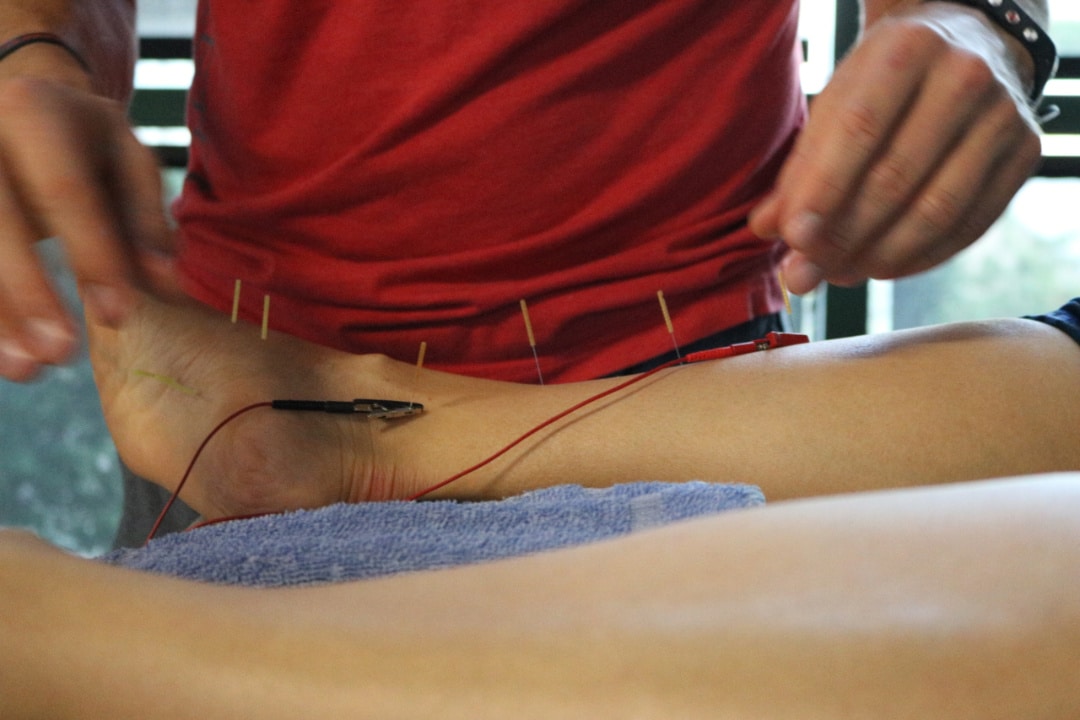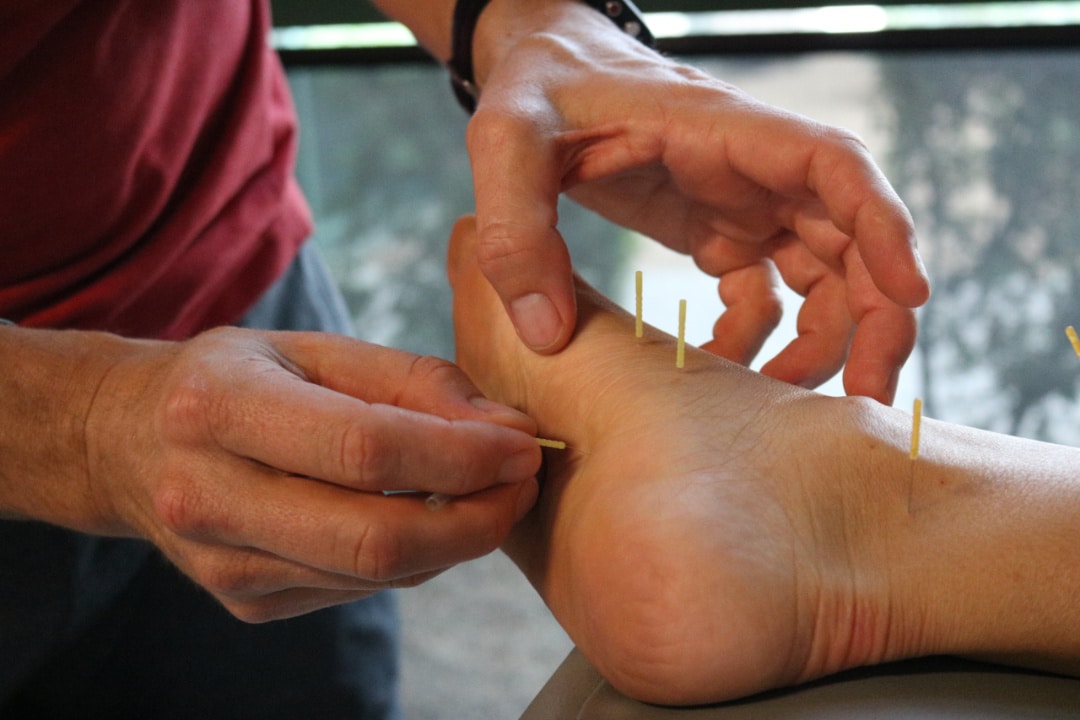If you experience lower back pain, headaches, ankle instability, tendonitis or other neuromuscular and myofascial pain you might be asking yourself, “How can I relieve this pain without going to the doctor or going on painkillers”? Well, you might be a good candidate for dry needling treatment. In addition to physical therapy, dry needling offers a highly targeted approach to improving musculoskeletal and neuromuscular conditions with almost immediate results after just one treatment. As one of the services at Spooner, we’re lucky enough to see first-hand how using dry needling for pain relief is positively impacted our patients.
What is Dry Needling?
Dry needling is a skilled technique performed by a physical therapist using filiform needles to penetrate the skin and/or underlying tissues to affect change in body structures and functions for the evaluation and management of neuromusculoskeletal conditions, pain, movement impairments, and disability.
In other words, Dry Needling is an evidenced-based technique in which thin needles are inserted into muscle, joints, and soft tissues with the goal of decreasing muscle spasms, increasing blood flow, stimulating tissue healing, and restoring normal function of soft tissues and joints. Current research shows that Dry Needling is an effective treatment technique for conditions such as low back pain, chronic ankle instability, cervicogneic headaches, post-op shoulder pain, osteoarthritis, tendonitis, chronic pain, and many other neuromuscular conditions. This technique is most effective when combined with a comprehensive treatment program that includes functional movement retraining and exercise. Physical Therapists must obtain a specialized certification in Dry Needling in order to provide this intervention to patients.
Benefits of Dry Needling:
Decreases:
- Pain
- Muscle tension
- Nerve irritability
Increases:
- Blood flow
- Fibroblast formation
- Range of motion
The ultimate goal is to facilitate tissue healing and restore functional movement patterns.
How is Dry Needling Different From Acupuncture?
Dry Needling targets specific neuromuscular and musculoskeletal anatomical structures such as muscle trigger points and surrounding soft tissues, whereas Acupuncture is based on points outlined in traditional Chinese medicine that may or may not correspond to specific anatomical structures. The depth of needle penetration into the skin and underlying soft tissues can also vary between these two techniques.
Types of Dry Needling:
Deep – the needle is inserted through the skin and penetrates directly into the muscle belly of a muscle trigger point (muscle trigger points are focal areas of muscle spasm that illicit a heightened pain response when stimulated and can refer pain to other parts of the body. Blood flow tends to be restricted in these areas which inhibits tissue healing)
Superficial – the needle is inserted into the skin and soft tissue layers above muscle trigger points, but not directly inserted into the trigger point itself.
Dry Needling can also be combined with electrical stimulation in order to enhance treatment effects.

What Will I Feel?
When the needle is inserted, you may feel pressure, a prick, and/or momentary discomfort (some areas are more sensitive than others). If the needle is inserted into a trigger point, the muscle may twitch spontaneously, and when combined with electrical stimulation the muscle will contract continuously while being stimulated. You may experience some increased soreness the next day in the areas where the Dry Needling treatment was applied, but the soreness usually subsides within 1-2 days after treatment.
Precautions/Contraindications:
Be sure to tell your Physical Therapist if you have any of the following conditions, as Dry Needling may not be appropriate:
- Fear of needles
- Cognitive impairment or barriers to communication
- Open cuts/wounds
- Infections
- Bleeding disorders
- Compromised immune system
- Allergy to nickel, chromium, or other metals
- Vascular disease and/or varicose veins
- Hyperalgesia or allodynia
- Surgical procedure where the joint capsule has been opened
- Children under 12 years of age
Learn more about Dry Needling at Spooner Physical Therapy. Ready to schedule an appointment? Schedule an appointment or complimentary movement screen with a Spooner physical therapist at one of our locations throughout the valley.

